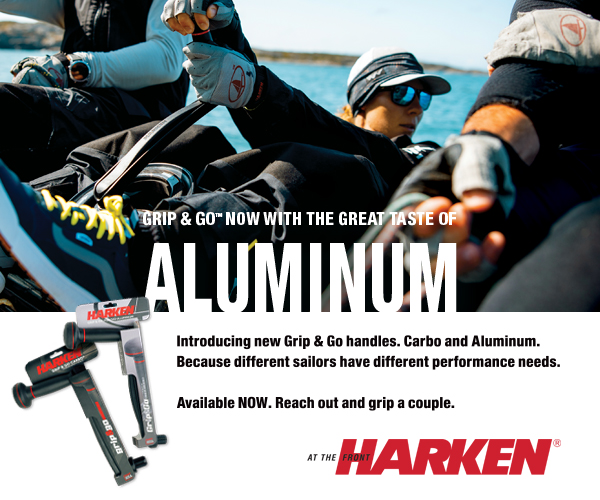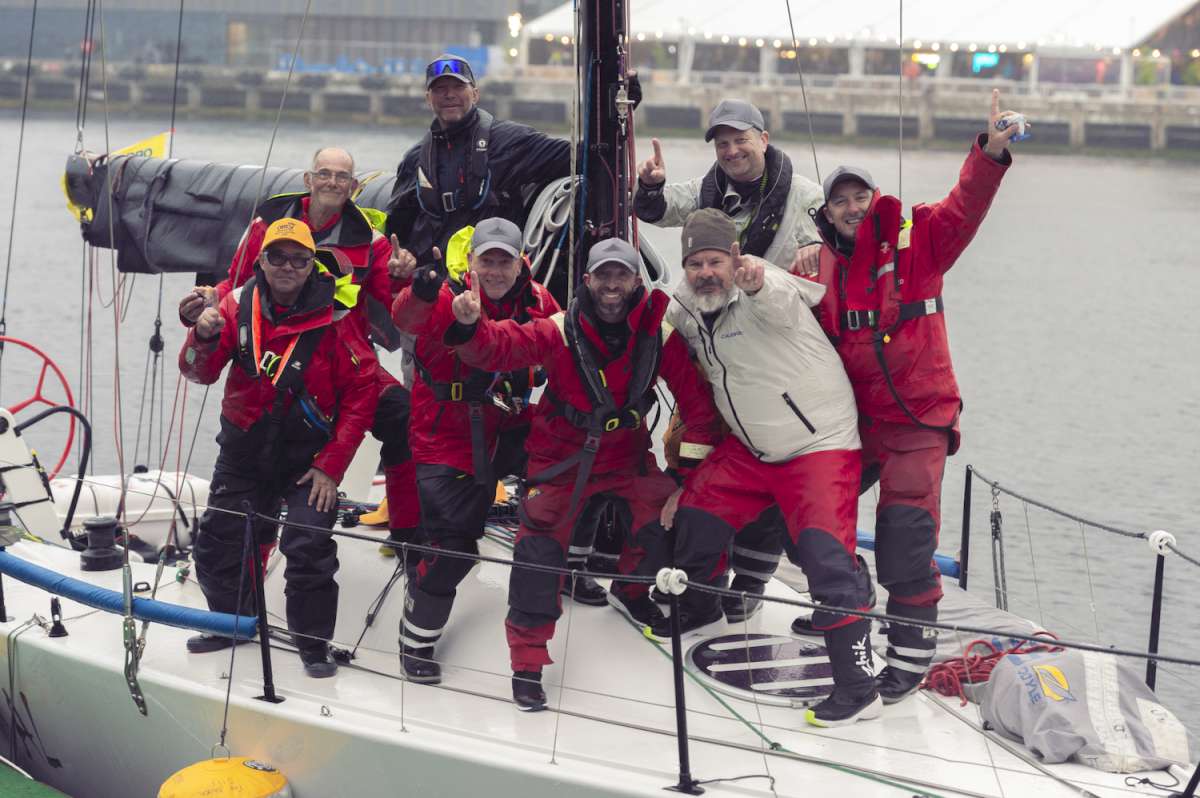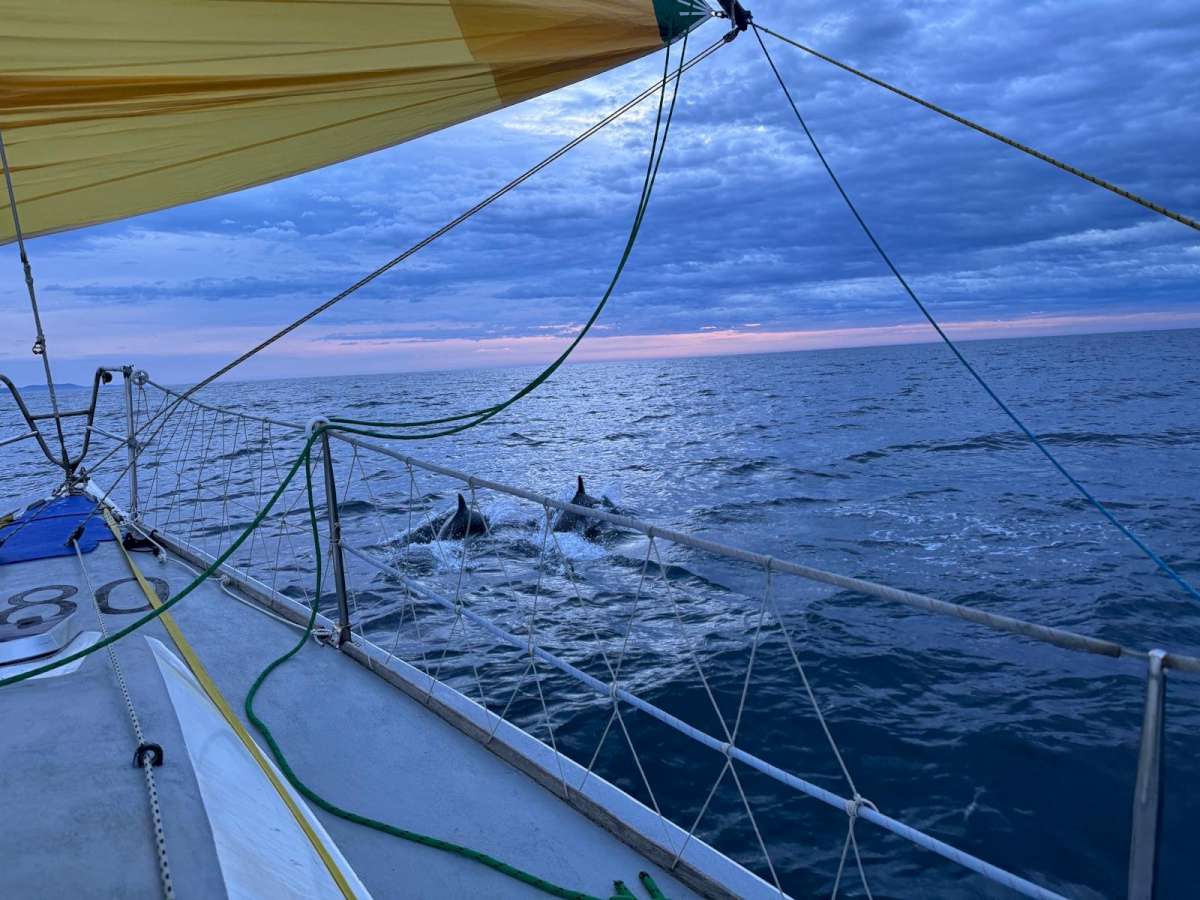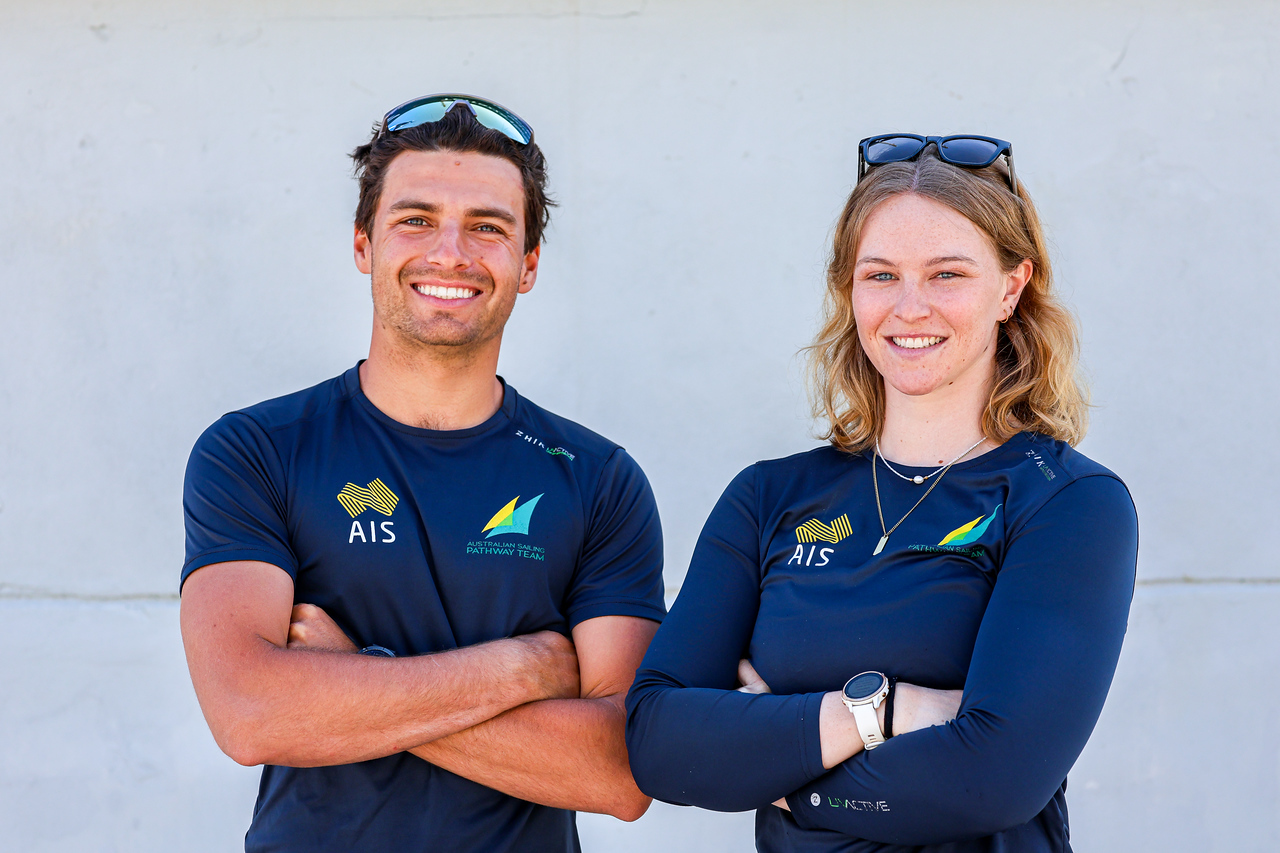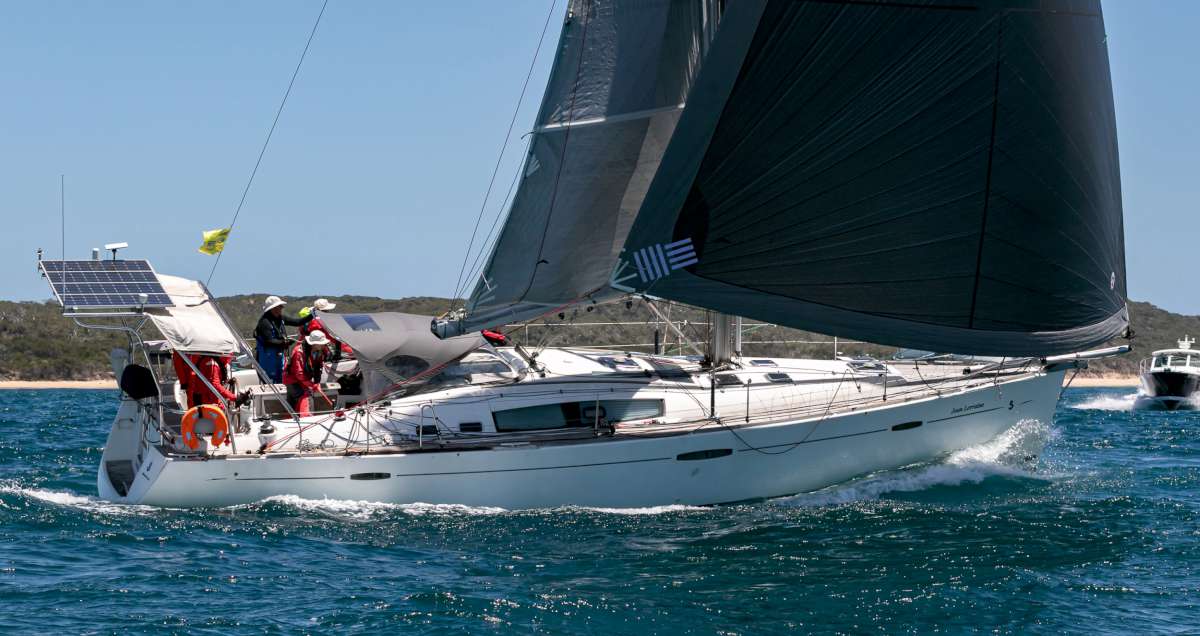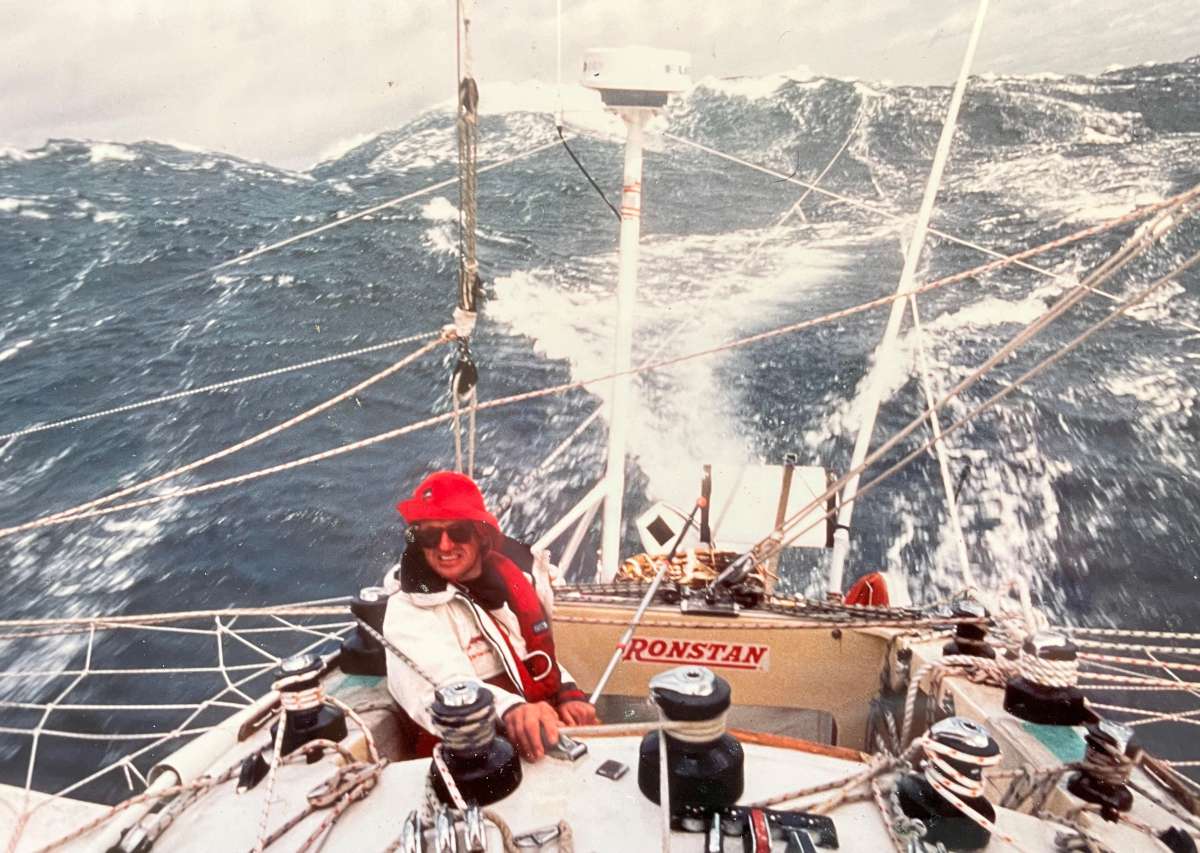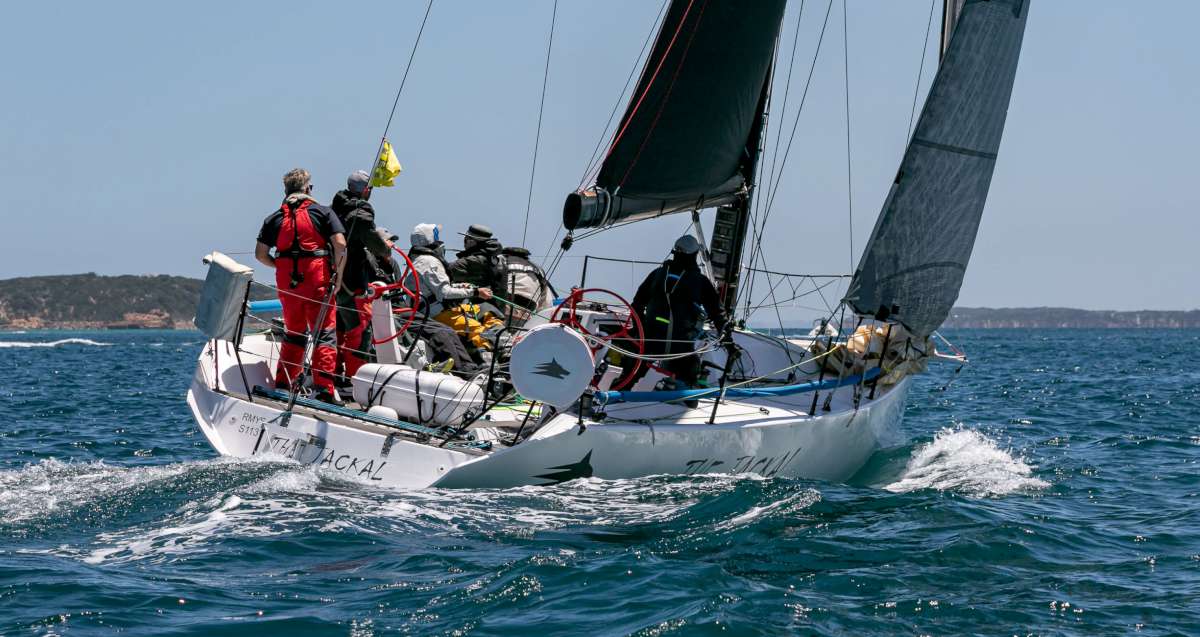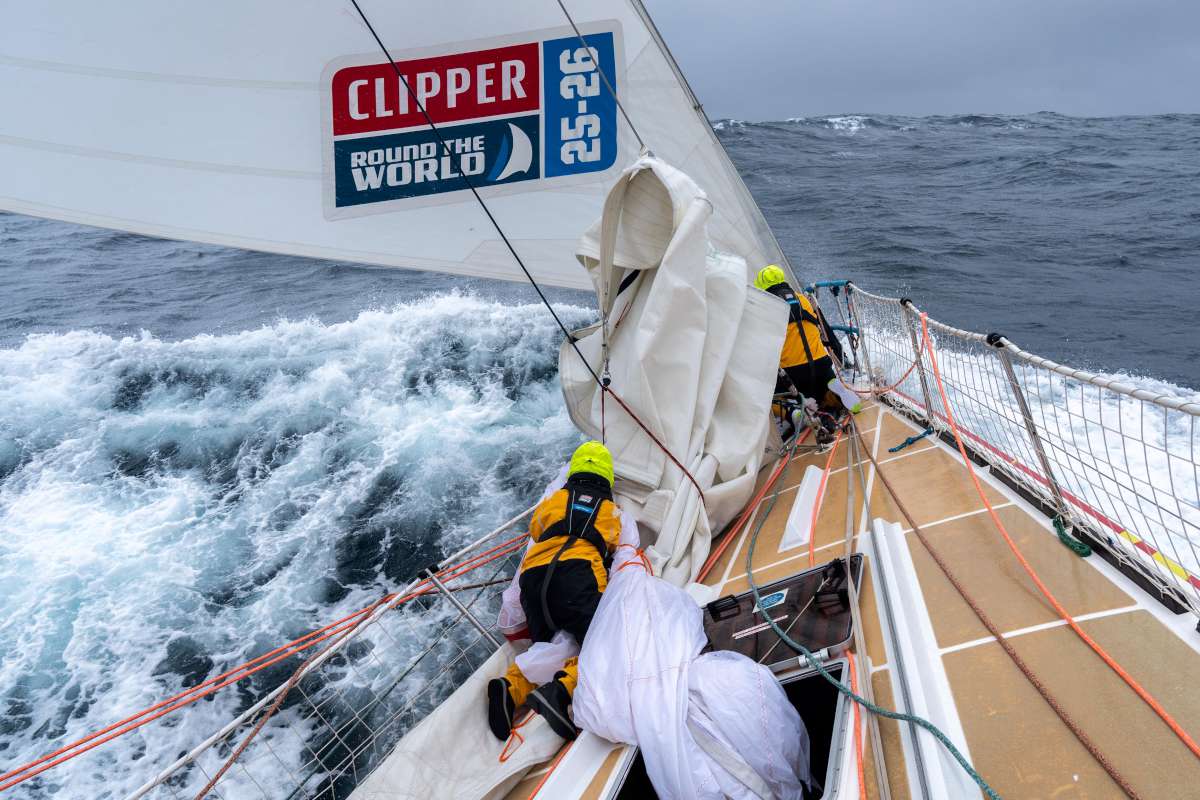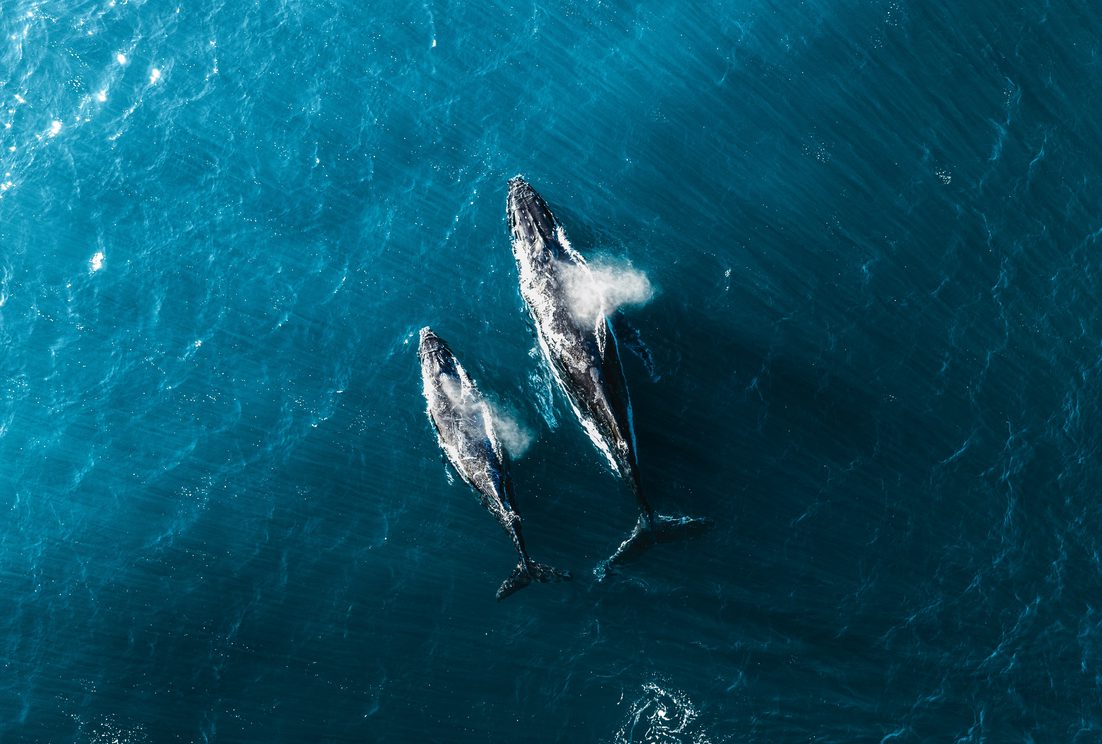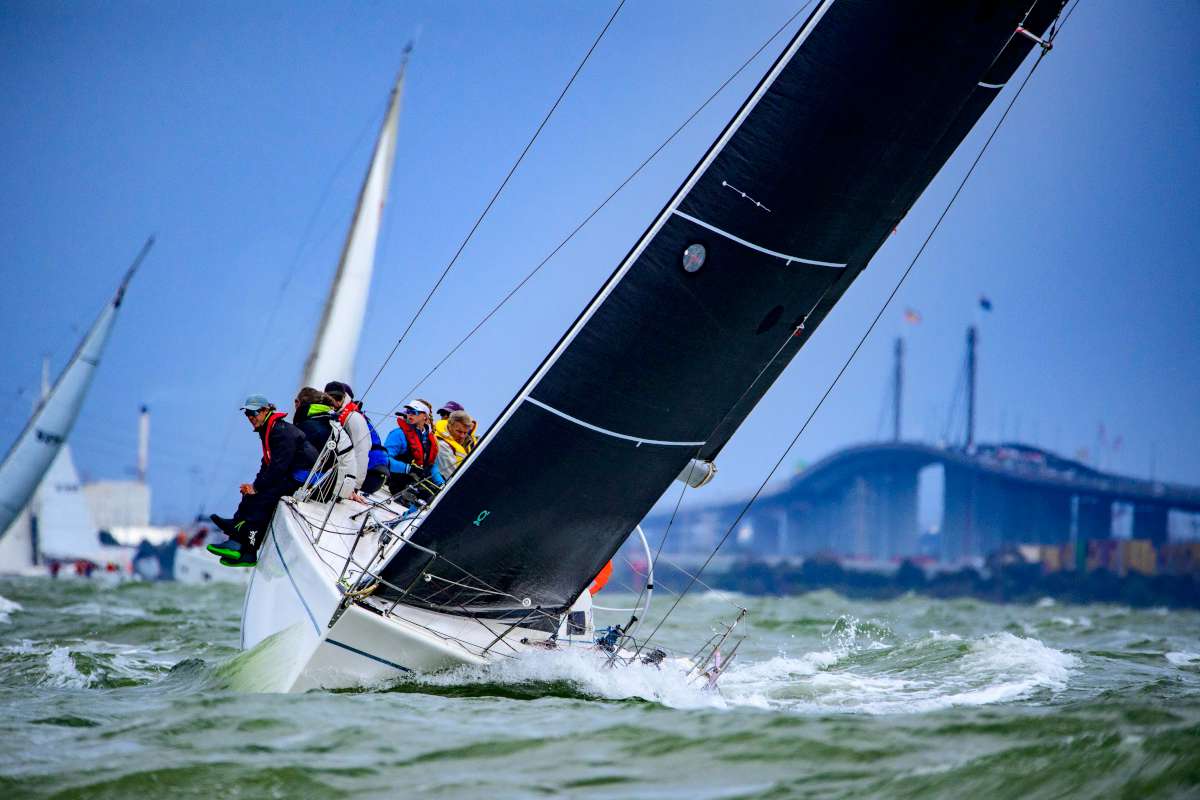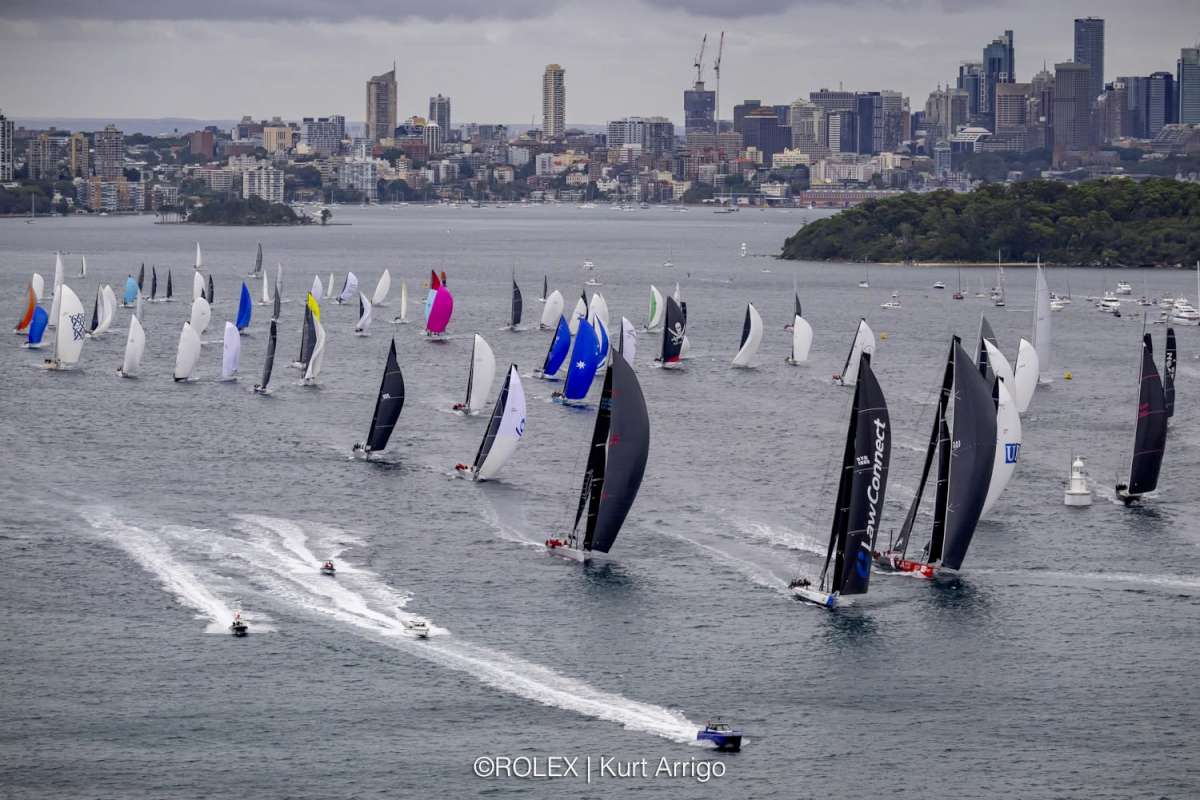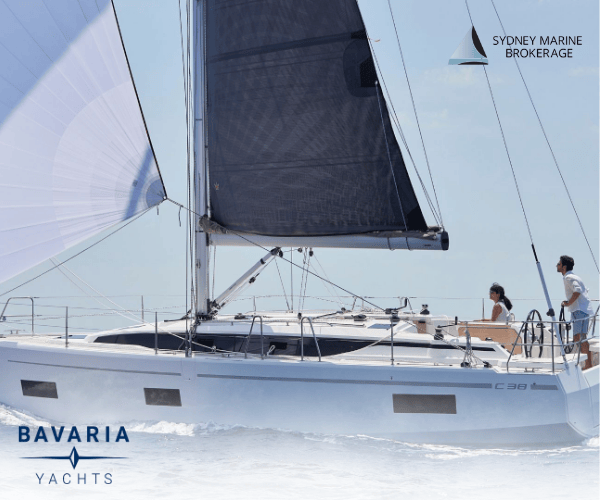PROFILE: GEOFF ROSS
Asian life.
Taking a calculated risk is nothing new for seasoned yachtsman Geoff Ross and he is confident his latest high performance ocean racer has the edge to carve through the fleet during the 2006 Sydney to Hobart yacht classic. Lulu Roseman discovers the reason behind his latest Bass Strait weapon.
The first grand prix yacht to emerge from China, Yendys, looks gnarly and dangerous on paper; ready for some serious sailing action. Once she lands in Sydney in spring she will prepare for one of the world’s most challenging ocean races, by contesting all the major lead-up events.
For Geoff Ross, this new boat is a culmination of a dream to merge his two great passions: ocean racing and Asia, where he has business interests.
Designed by Reichel/Pugh, the conventional carbon composite 55 footer with no moving foils, was purpose built under IRC rules at the new Chinese factory of Australia's McConaghy Boats and their Chinese joint venture partner, JinLi Composites.
His old boat, a Judel/Vrolijk 52 was the top IMS boat in the Med before he bought it and optimised it for IRC, but it didn't perform to his expectations despite some near misses at Hobart honours.
“The first Hobart we did with that boat was the 2003 race and at 3-4am we had that race won; that was the one Spiesy (Michael Spies) ended up winning; the breeze dropped out but the point having the boat there was fulfilled.”
In the following Hobart in 2004, Ross went to the rescue of the foundering Skandia and damaged Yendys on the way, reducing their competitive edge. But looking forward, this boat project is the priority and China excites Ross.
‘With McConaghy setting up their first offshore manufacturing facility there, it’s a huge step for sailing. China is the engineering workshop of the world and almost everything you buy is made there,’ he says.
‘It’s always easy being second, but try being first. You take all the risks but that’s a position I like to take. I like to be on the leading edge and that’s where I feel most happy.’
He sees the new boat as giving a big boost for the confidence of the boat manufacturing industry in Asia.
‘That’s the context it’s been taken in, the risk I’m taking, and I’m glad I’ve had the opportunity because it will be seen to be significant for sailing.’
Apart from being a new generation IRC grand prix boat, the yacht is set to trigger a new high tech industry in China, particularly if it does well.
‘That’s the importance that this boat has to the Chinese because once this boat is launched there will be dozens more to follow.’
Ross believes that constructing a boat that complies with the IRC rule is the way to win on handicap.
‘Given my great interest in these grand prix ocean races which is my core interest, I decided to build a boat that is optimised for the IRC rule.’
IRC is a rating rule aimed primarily at cruiser/racers. In 2005, it was used by more than 6600 boats in more than 30 countries worldwide at races ranging from club and local series through such major events as Cowes Week, the Fastnet Race, Cork Week, Voiles de St Tropez, the Atlantic Rally for Cruisers, the Middle Sea Race, the Sydney Hobart Race, Hamilton Island Race Week, the China Sea Race, the Philippines Presidents Cup and Phuket Kings Cup.
In 2003, IRC was recognised by ISAF (the International Sailing Federation) as an International Rating System. The Royal Ocean Racing Club would welcome further spread of IRC and will support and encourage MNAs, clubs and events wishing to use it.
‘No one knows the IRC rule because it’s secret but as much as you can deduce it, I’ve come to the conclusion that the best way to optimise your opportunities is for IRC, if your aim is to win which is what I like to do.’
A huge amount of scientific research has gone into the hull design and while it is state of the art, IRC doesn’t rate the hull.
The rig is supplied by Southern Spars in Auckland and the sails are by North Sails.
‘A big effort has gone into this boat and we went down a pretty rigorous design path. We would have done six months of research before we even gave the designers the brief.’
A significant use of computer fluid dynamic technology has gone into the yacht’s design from two of the world’s leading yacht designers. This is the same technology used by America’s Cup boats like Oracle and Alinghi and is the leading software used in yacht design.
‘Someone at world-class level has given Reichel/Pugh a lot of assistance in this area and in the hull design,’ Ross says.
‘My team have been actively involved in the design of the deck and the internal layout. There are a so many decisions that have to be made and so many choices available. Four or five key members of my crew have been actively engaged in various aspects of the boat.’
Ross lived in Hong Kong during the early 2000s and because many of his business interests remain there, he visits on a regular basis. He was the CEO of Securenet, an IT security firm which he later sold to the American firm BeTrusted.
Through his current company, Global Risk Systems, he continues to develop his business interests in China. A family man, with two young children from his second marriage, Ross resides in Sydney’s eastern suburbs and is a member of the Cruising Yacht Club of Australia.
Ross now works from his home office and travels regularly to Asia on business. A hard worker and successful businessman, he runs his boat campaigns along similar lines and keeps fit by working out daily.
He believes the sailing circuit is emerging in line with the booming Chinese economy and everything else will come with it and fall into place.
‘Because all my business interests are there, I think globally in the way the whole of Asia is developing and sport is just a subset of that,’ he says. ‘It is a pretty interesting time. An example of this is when the Raja Muda Regatta in Penang in Malaysia was accredited by the Royal Ocean Racing Club (RORC). I did the assessment and as a result of that assessment they’ve now received sponsorship and money from the government for youth sailing. So, this is through the RORC’s initiative to try to help people so it’s an interesting environment.
‘When you have these types of transformations I think it’s a fascinating time. Because I have deep business interests in China and try to help where appropriate, I can be useful with the establishment because I have a passion for ocean racing.
‘The Royal Ocean Racing Club has taken a greater interest in Asia, particularly working with the Royal Hong Kong Yacht Club, so the big news is what is going to happen in China. This is influenced by the Chinese Olym
During October this year, the RHKYC hosted China Coast Race Week, attracting an impressive fleet. In October 2007, together with Longcheer Yacht Club, they will host the inaugural China Cup followed by the China Coast Regatta. Ross has plans to compete in these events with the new boat.
‘Things are also really starting to take shape with the America’s Cup team. There has been a huge investment made towards creating the facilities at Qingdao state of the art and more events will emerge including regattas.’
Hobart and beyond
All eyes are firmly set on performing well in the Sydney to Hobart, which Ross says the team will do its utmost to win.
‘If the weather Gods smile on us, the boat does what Jim Pugh says it will do and we sail it well, I think we are in there with a very good chance. It’s a good solid ocean racer.
‘The Sydney to Hobart race is no easy sprint, it’s three days in some of the wildest waters and weather patterns and we think we’ve got a fairly neat overall package. The designers are confident it will be extremely competitive.’
Looking further ahead, he is keen to compete in the Fastnet race next year and bring the boat back to China for The China Cup.
‘In 2008, we plan on competing in The China Cup and there could be a race from Hong Kong to Shanghai or Qingdao for the Olym
Ross says that America’s Cup style regatta racing is not really something that captured his interest anymore, whereas the Fastnet race or many of the other ocean races do.
‘I think the whole event has lost something for me, like there’s only one guy from Switzerland on the Swiss boat.
‘It was interesting when it was Australia competing against America. I was fascinated by that and I would have stayed up for that or I would have gone anywhere for that. Now it’s just a bunch of pros racing against another bunch of pros and that doesn’t really hold that much interest for me. Also, the boats are quite old. They’re not very interesting boats from a design perspective. Having said that, it’s not an event that captures my imagination like a Fastnet or a Sydney to Hobart.’
He says he was amazed last year how many hits the CYCA received on its web site during the Sydney to Hobart Race. The site received more than 100 million hits with 40 per cent of the traffic coming from outside Australia.
‘That’s mind-boggling stuff. It’s an iconic event it’s like Wimbledon. Most tennis players would give their right arm to win Wimbledon and they wouldn’t want a cent just to win it.’
Having already got one Hobart trophy in his cabinet, taking handicap honours in 1999 and after 11 starts, Ross says he’s just warming up.
Reichel/Pugh IRC 55 RACER Specifications
Length Overall – 16.83 m
Length Waterline – 15.58 m
Beam – 4.51 m
Draft – 3.60 m
Displacement – 10,825 kg
IM – 22.00 m
J – 6.38 m
LP – 6.57 m
ISP – 25.36 m
P – 23.00 m
E – 8.00 m
Upwind sail area – 185 sqm
Downwind sail area – 407 sqm
